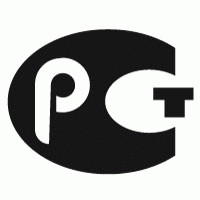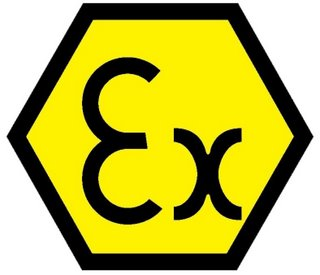Overview of product approvals
Conformity with laws as well as quality and safety standards
JAKO products meet the required or customer-specific quality and safety standards in accordance with the applicable product specifications (see Products section). The purpose of the following explanations is to give you an overview of the different conformity certificates and test marks.
What are the different types of conformity certificates
Different quality and safety standards must be met for different markets, industries and customer requirements.These are published in EC Directives, industrial standards and national or international norms.
In praxis, there are the following test and conformity certificates (usually called product approvals):
- Test certificate in accordance with EN 10204, e.g.: 2.2 test report; 3.1 inspection certificate (technical delivery confirmation, valid in the relationship between customer and contractor; issued by the manufacturer)
- Material or product tests or valuation notification through notified bodies, e.g. FDA, EHEDG (the products are tested by a notified body and published by the control body in a list of approved or standard-compliant products)
- Manufacturer’s declaration, e.g. for products not subject to labelling requirements (the manufacturer – e.g. JAKO – declares that it has controlled the applicability of EC directives, but the products may not be labelled as defined by any directive)
- Manufacturer’s confirmation,e.g. silicone free design (the manufacturer – e.g. JAKO – confirms a specific form of design without reference to any standard applicable thereto)
- EC Declaration of Conformity, e.g. PED – Pressure Equipment Directive, ATEX Directive for explosive areas (the manufacturer confirms the compliance with applicable EC Directives; issued by the manufacturer; may only be issued if required by EC Directives)
- Product certification and type examination, e.g. ATEX (an independent and notified body controls and confirms the suitability of the products in compliance with applicable EC Directives and standards; issued by the test institute; may only be issued if required by the EC Directives and the accreditation authorities)
Overview of test marks, markings, conformity certificates:
Test marksare marks that may be applied to the manufacturer’s product or packaging if the respective quality or safety standard is complied with. This marking is directly associated with the delivered product. Test marks are always only valid in combination with a conformity certificate, e.g. EC Declaration of Conformity, JAKO manufacturer’s declaration that products are free of silicone, or certificates and approval notifications, ATEX type examination including marking, e.g. EX II 2 GD….
JAKO publishes which quality and safety standards are met in product specifications such as data sheets.If you have any doubts and queries, please do not hesitate to contact us at any time.
The following gives a brief overview of the significance and application area of test marks and conformity certificates in pressure and temperature metrology:















